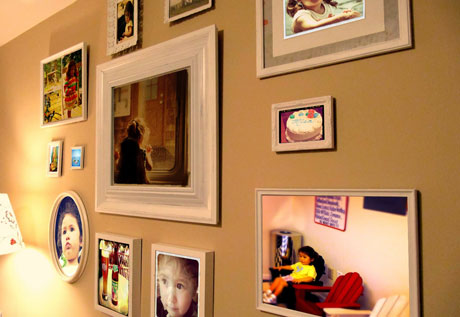
- Context:
- Academic Project
- Date:
- Launch:
Sampling Strategies in a Virtual Place
Instagram is a free photo sharing application. Surveying it in a number of ways, I became interested in how it differs from other less subjective digital sources of information.
Brief
This project involved selecting two places for study: a physical non-place in LA, and a virtual space. Visit each and employ survey techniques and high- or low-tech tools to ‘zoom in’ and find evidence of human existence and effect. Organise and analyze your collected materials.
Research
For my digital place I examined Instagram, a free photo sharing application for the iPhone that allows users to take photos, apply a filter, and share it on the service. During the last two years it has grown to around 12 million users worldwide.
One of the things that interested me about it was the fact that it is a public sharing of private moments. Beyond the obvious narcissists and exhibitionists, I imagine the general public are drawn in by the idea of ‘safe’ performance.
I was intrigued by the false sense of security that it brings. For example, what if I followed one particular person with photos of their children and their life and hung it up on my own wall and changed the space?
I started exploring their API to see what sort of information I could retrieve and to see what I might learn about the motivations of the people who made it. Unfortunately there wasn’t access to much more than accessing the most popular photographs.


Instagram use a particular algorithm so thats it is not just the shots with the most likes that appear on the popular page.
I began to plot the accessible data in different ways to see what patterns might emerge.
I tried to plot popular photos on a map but when I setup the database one field was configured incorrectly, resulting in latitude values being clipped to a certain point. The results reflected the square framing of Instagram photos themselves. This got me thinking about the idea of framing and context.
I wondered how people’s experience of life as framed by Instagram might contrast with representations from other sources. What does this say about the way we see the world individually as opposed to through collective channels such as the media?

I went on to explore how Instagram might be contrasted with news sources. Selecting a word from each news headline on the the BBC news website, along with the accompanying photo, I compared it with what was returned from the Instagram API, when searching for the same word.
[.(JavaScript must be enabled to view this email address)]{#eeEncEmail_aBWGMuerlD}
© John Ryan 2012